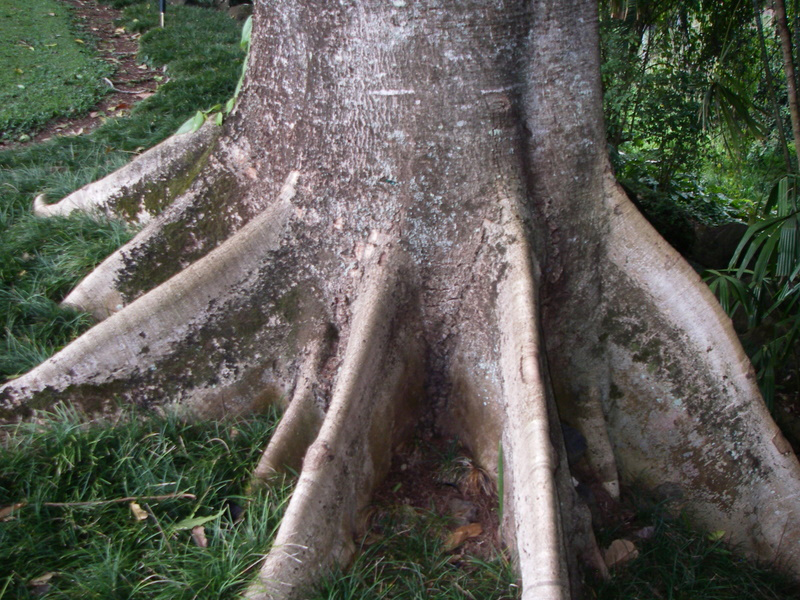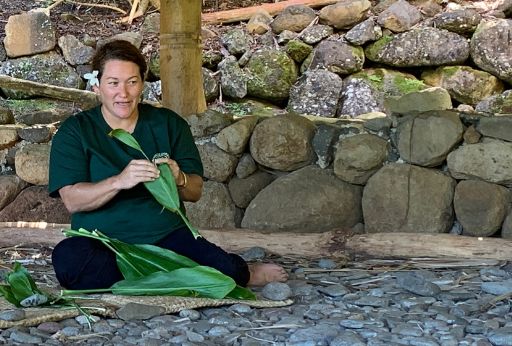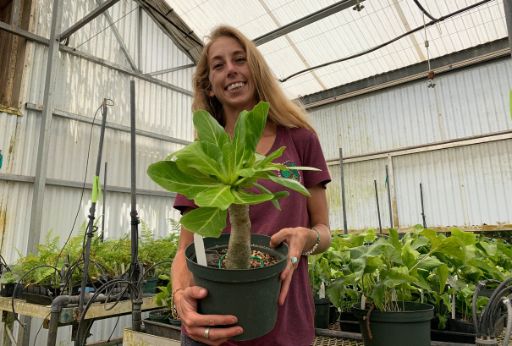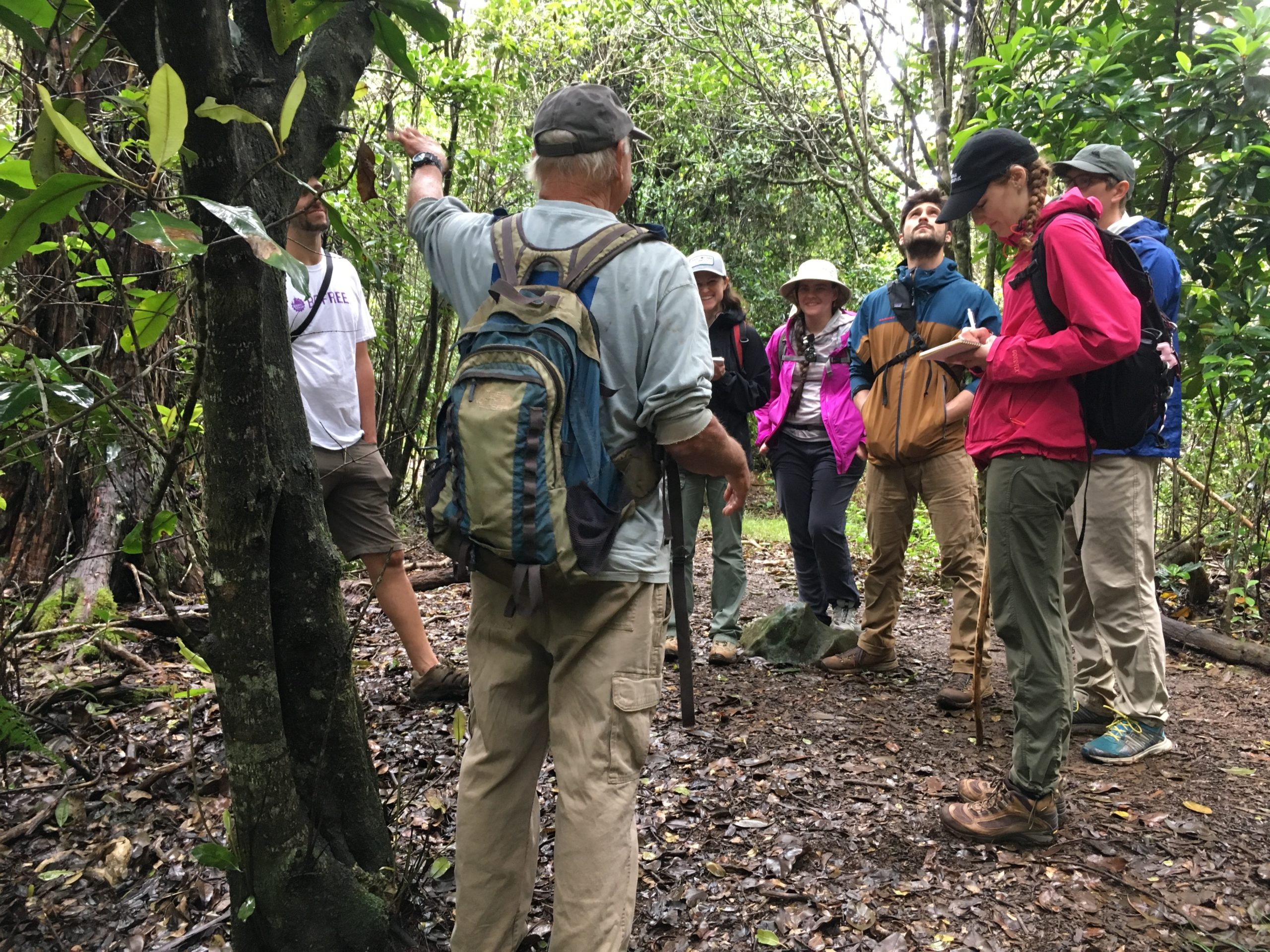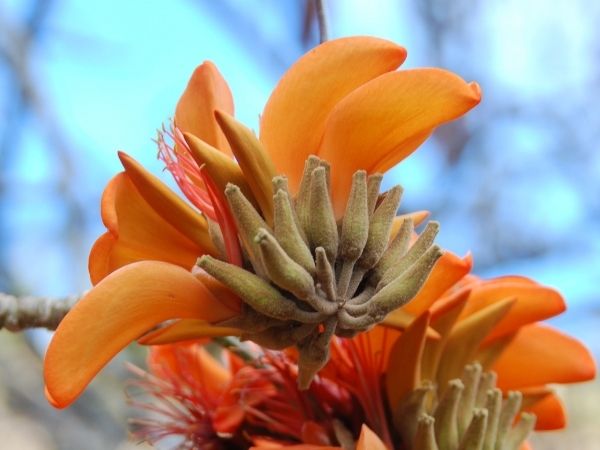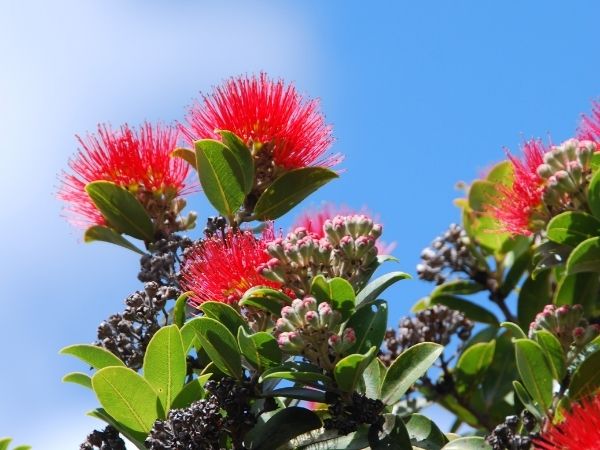Tropical Plant Database - Plant Details
Parkia timoriana
Click on any heading above to view more information about this plant
Conservation Status
- IUCN: least concern
- USFWS: None
Family: FABACEAE
Genus: Parkia
Species: timoriana
Species Author: (DC.) Merr.
Vernacular: Tree bean, petai hutan - Borneo, yongchak - Manipur, India, nitta tree - Thailand, riang - Thailand, kedawung -Java, peundung - Java, alai - Sumatra, petai kerayong - Malaysia, batai hutann - Malaysia, kupang -Philippines, amarang - Philippines
Synonyms: Parkia biglobosa Auct. not Benth.
Genus: Parkia
Species: timoriana
Species Author: (DC.) Merr.
Vernacular: Tree bean, petai hutan - Borneo, yongchak - Manipur, India, nitta tree - Thailand, riang - Thailand, kedawung -Java, peundung - Java, alai - Sumatra, petai kerayong - Malaysia, batai hutann - Malaysia, kupang -Philippines, amarang - Philippines
Synonyms: Parkia biglobosa Auct. not Benth.
Tree Bean is a very large tree, 25-40 m in height, found in North-East India. The leaves are evenly bipinnate and 30-80 cm long. The pinnae are 40-60 in number, and 8-20 cm long. The leaflets are 60-140, linear-oblong, 6-12 mm long, close-set, shining above, and pointed at the tip. The flower-heads are dense, obovoid or perform, up to 6 cm long, hanging from leaf axils like old-fashioned electric bulbs, on long cable-like stalks. The flowers are white and yellow, about 1 cm long. The pods are 25-30 cm long, about 3.5 cm wide, rather thick, pendulous, and black and shinning when mature, and contain from 15-20 seeds. The pods are edible, and are considered a delicacy in Manipur. Their pulp is golden yellow, with a sweetish taste and an odor like that of violets. The roasted seeds are used in certain parts of Africa to make an infusion like coffee, for which reason they have been called soudan Coffee.
Cite: Flowersofindia.com
Cite: Flowersofindia.com
Pods are used in bleeding piles. Bark extract is given in diarrhoea and dysentery. Bark and leaves are employed for making lotion applied to sores and skin affections. Cite: Flowersofindia.com
- 010324 - collected by Tim Flynn in 1988
- 010325 - collected by Tim Flynn in 1988
- 018171 - collected by Tim Flynn in 1995
- 036111 - collected by Hank Oppenheimer in 2001
- 060370 - collected by David H. Lorence in 2010
- S062119 - collected by David H. Lorence in 2010
- 093766 - collected by David H. Lorence in 2024
We currently have 7 herbarium specimens for Parkia timoriana in our collection. Click on any specimen below to view the herbarium sheet data.
.svg)



